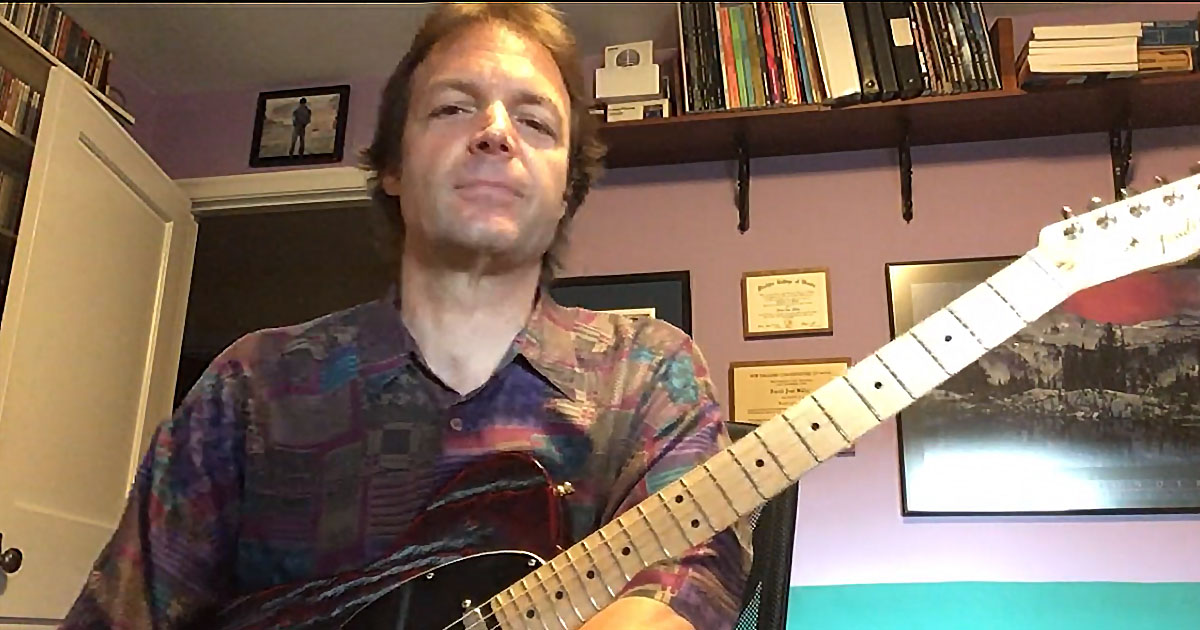Improvise On Guitar Part 2
What does it mean to improvise on guitar? Part Two

A couple weeks ago we posted an article on improvisation and what it means. We have so much content on this subject that we decided to break it up into a few separate articles. The first article explained the concept of improvising and what it means. Please click here to go back and read that article. Next let’s talk about HOW you can start improvising on the guitar.
Let’s try a little exercise. Pick one of these sentences:
- Last night I had a dream about you
- I woke up this morning and you were gone
- I’m happy and full of hope
- I am hopeless and destroyed
Have one in mind? Great! Take a moment to listen to the sentence and then imagine singing it. Next, say the sentence out loud in a way that makes sense to you. Do it again but this time sing it! It doesn’t matter how it comes out or if you can’t even sing, just get it out and feel it. You have just successfully improvised music!
Hopefully this little exercise has given you a taste of what improvisation is like. Next, you want to improvise not using your voice, but using your guitar. Now let’s get started with improvising on the guitar.
In the previous article about improvisation, we learned that it means tuning into your musical imagination and playing whatever comes to mind. Knowing this, you can practice improvising simply by putting on a record and playing whatever you come up with. We know this isn’t that easy. It isn’t easy to play whatever your musical imagination comes up with.
Improvise using one note
Play something interesting even though you only have one note. So, what other weapons do you have at your disposal? One important one is rhythm. Try to make a rhythm that fits nicely with the backing track and repeat it.
Improvise using two notes
Next challenge, see if you can do the exact same thing as the first but now use two notes. Remember you can still repeat the same note a bunch of times and you don’t have to go back and forth between the first and second note all the time.
Stick to four notes
Add two more notes so that you now have four. First, play each of the notes individually and memorize what pitch belongs to what fret. See if you can sing along with each note as you play. See what you can make of just these four notes. Use pauses and rhythm. Repeat the same note a bunch of times before you move onto the next.
Make a simple phrase and play around with it
Create a simple phrase. It doesn’t have to be brilliant; anything will do. Play over the chord progression once where you just try to repeat that single phrase. You can play around with the timing. Now try to add one or two notes before your phrase. After that, do the same thing but add one or two notes after your phrase.
Put on a track and stick to a single string
Pick a string, it doesn’t matter which one. Now put on a track and play any note on that string. If you think it sounds okay, remember that note and play the next one. If you don’t think it sounds good, slide up or down one fret and you’ll probably find a better sounding note.